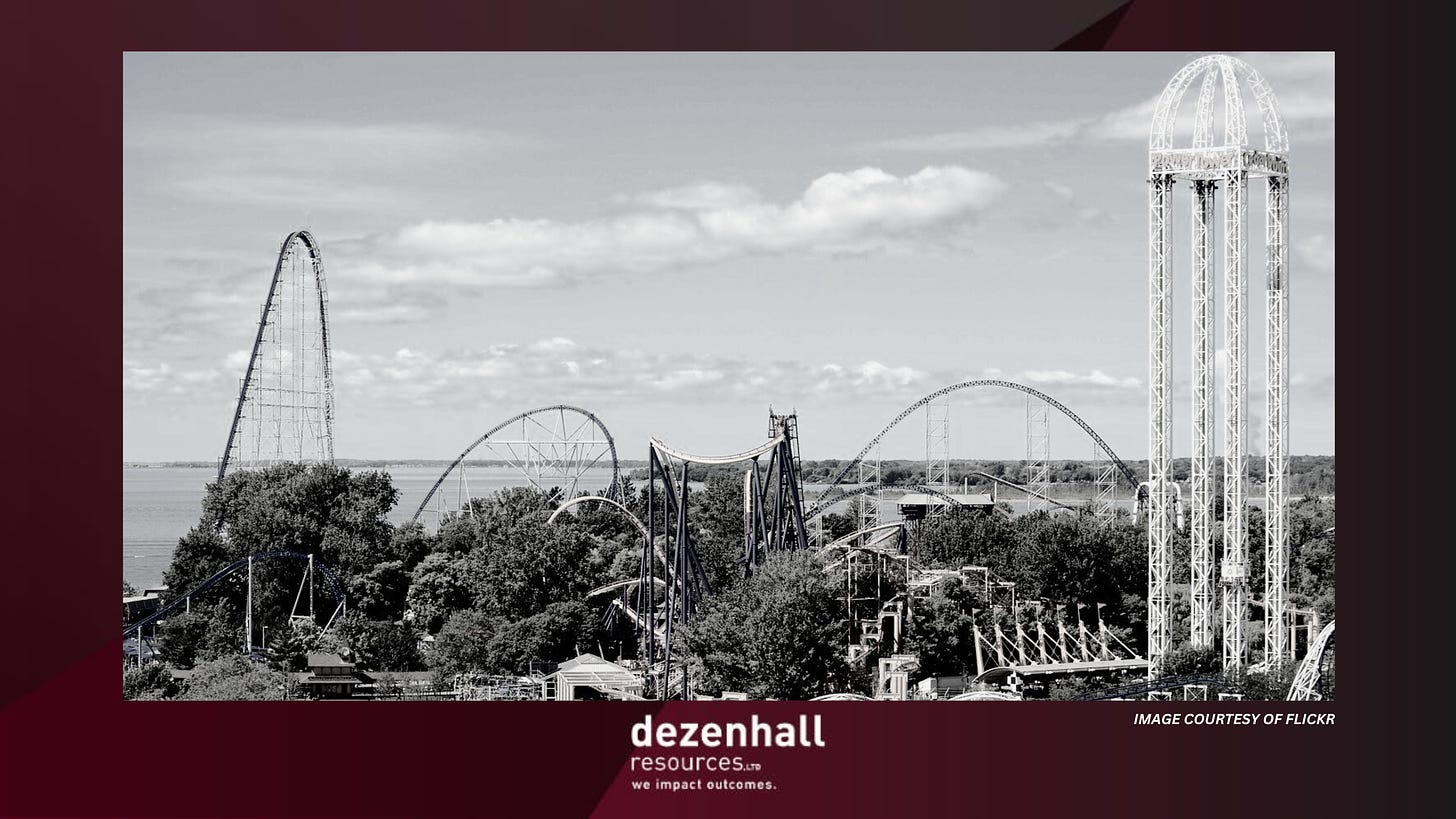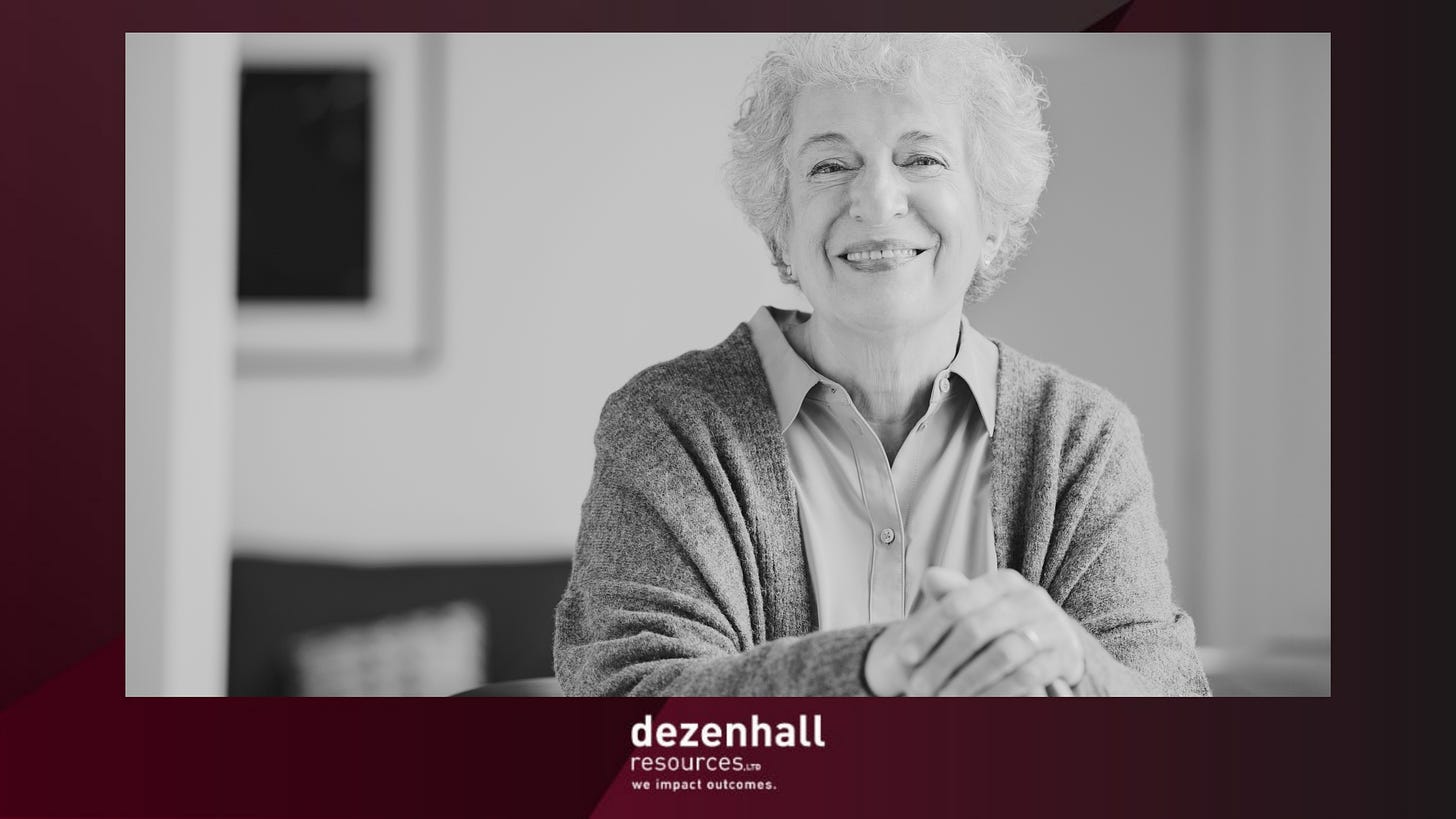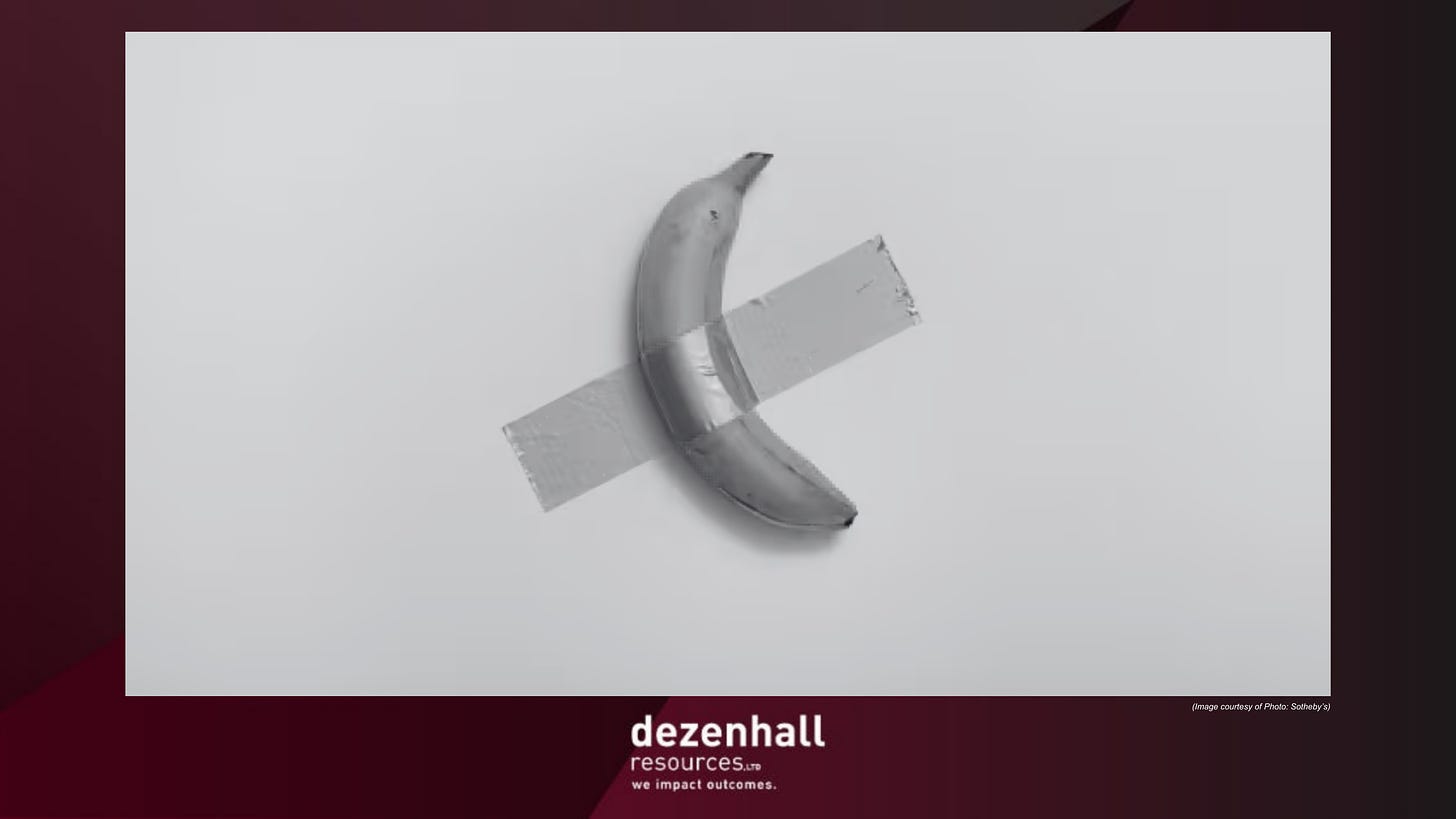How Are You Engaging with Your Enthusiasts?
Last weekend, I took my niece and nephew to Cedar Point, the greatest amusement park in the United States and perhaps the world. As someone born and bred in Northwest Ohio, this park is a source of immense pride and joy; as much as I love the City of Sandusky, it’s not often a town like that can claim to have a truly world-class amenity.
After a day of riding every record-breaking roller coaster we could handle, I found myself wondering how much of a role local bias plays in my love of the park. Sure, it sits atop most amusement park rankings, and I’ve never heard anyone I know say anything bad about the park or the customer experience. But I wanted an outsider’s perspective, so I threw on a podcast about a roller coaster enthusiast’s first trip to Cedar Point and listened to his nearly two-hour rundown of his weekend.
Suffice it to say, Ohioans aren’t exaggerating the greatness of Cedar Point. If anything, we may be understating it.
These guys were clearly representative of the enthusiast community in the way they spoke about this park. There was an inherent reverence and awe in the way they talked about Cedar Point and some of its most famous coasters. They spoke of how high their expectations were based on reports from other members of the coaster community that they had read or heard. They dug into technical aspects of the experience, from the well-known (to them) roller coaster design companies behind certain rides to components of a fun ride (airtime and g-forces, I learned) to every aspect of the customer experience.
Many people probably find this nerdy or silly; I found it charming. When true subject-matter experts tell me this place is the best and speak about it with such excitement, it validates my own opinion of the park. In this case, the layman Cedar Point visitor knows that he or she is experiencing something globally impressive.
To me, it’s a 45-minute drive down the Ohio Turnpike. To the enthusiast, it’s almost a solemn pilgrimage. It was illuminating to hear my affinity for the place and the product validated by those most passionate and well-versed in everything amusement parks.
My two-hour dalliance with this podcast made me wonder: How many other sectors or industries have enthusiast communities? And how are brands within those sectors interacting with them?
I thought of similar communities I had observed, either to inform my client work or due to genuine personal interest. Watches, wine, fashion, golf, and air travel all have their own superfans and influencers that drive broader public perceptions of those goods and services. While any brand manager is well aware of the existence of their enthusiast community, I think there are some additional ways that companies should be thinking about how to engage with them to create reputational value.
World-class brands benefit the most. To get die-hards to love you, you must provide a best-in-class product, service, or user experience. Communities are often aspirational, and they get excited about the best. Ask a watch guy about Patek Phillipe.
But building and nurturing a community like this isn’t only for big, expensive brands. Most enthusiasts can’t afford a Patek; they need to know about the other elements of a watch that are valued by watch guys and watch gals and build a collection of more accessible brands. You’ll probably own a Grand Seiko before you’re able to acquire a Rolex.
These are your true influencers. Enthusiast communities are also collections of specialized knowledge that is communicated from experts to aspirants. If you are really good at one thing – like Cedar Point is at creating airtime on the Steel Vengeance, or Virgin Atlantic is about providing a top-class experience at its flagship airport lounges – the passionate experts within your community will communicate that fact down the chain.
Focus on translating elite enthusiasm to the “GPs.” A charming thing the coaster enthusiasts do is refer to non-enthusiasts as “GPs,” meaning the General Public. It’s not disparaging, but rather an understanding that what GPs want (good experiences for kids and families, food options, affordability) is different from what enthusiasts want. One thing I think Cedar Point could do better is educate people like me about things other than the height and top speed of its coasters and expose normie park attendees to some of the nerdery. It will only enhance their pride in and appreciation of the experience.
Maximize the PR value of the pilgrimage. I honestly thought the first-time visitor mentioned above was going to start crying when he talked about Steel Vengeance. His co-host was going to faint when he talked about riding the Maverick at night. These are authentic emotions; brands should harness them by inviting influencers like these to special experiences and encouraging them to produce content around them. This third-party marketing is often orders of magnitude more effective than your bread-and-butter corporate advertising.
When you’re world-class in enthusiasts’ eyes, it allows you to market a premium product. I got a little too into this concept of enthusiasts and business models and ended up listening to Cedar Fair’s most recent earnings call. They do, as I expected, have goals to market more premium products and experiences that command higher prices, as most brands do. What the enthusiast research I’ve done suggests is that Cedar Point, in combination with the Great Lake on which it sits and other outdoor activities in the greater region, can be presented as a summer haven for distinguished families and individuals. A small team at Dez and I were chatting about how Cedar Fair might do that, but they’ll have to put us on retainer for those.



